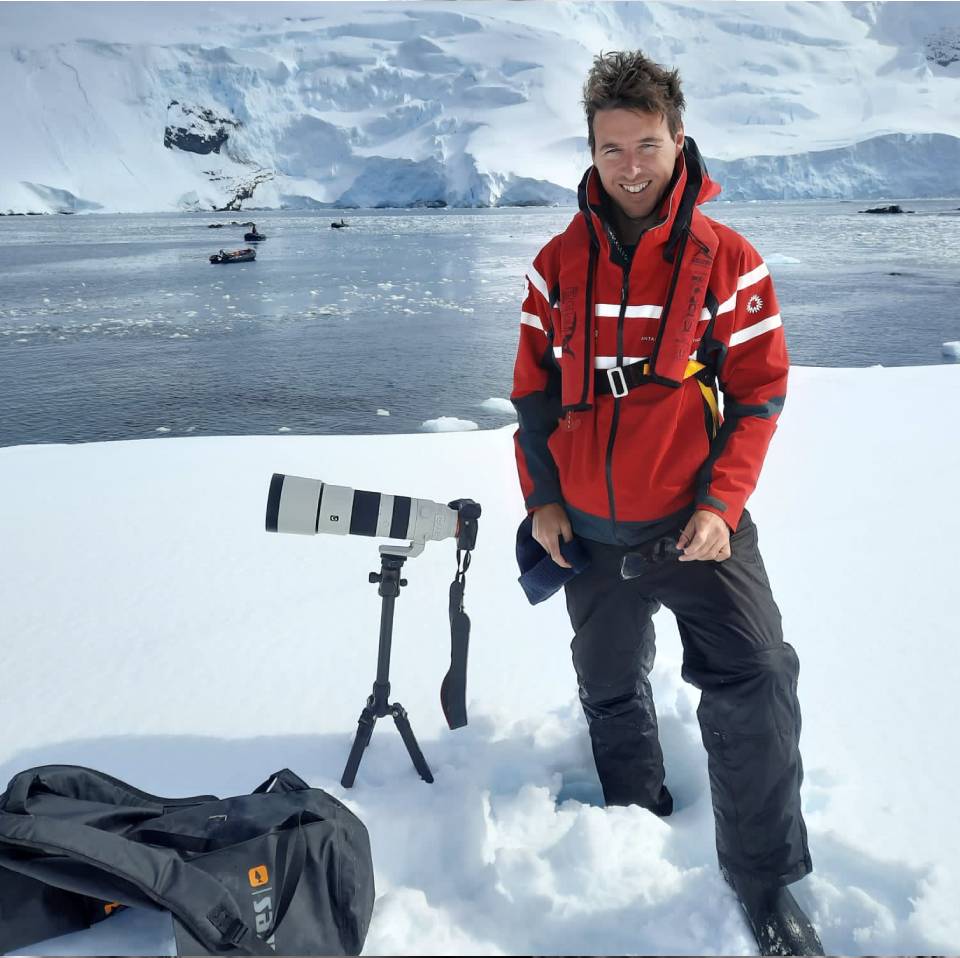Traditionally, the only way to reach Antarctica was by sea, but in recent years, advancements in travel have made it possible to fly to this icy wilderness.
This is quite impressive given Antarctica's remote location, extreme weather conditions, and wild landscapes.
There are no commercial flights to Antarctica like those you would find for other international destinations. Specialized charter flights are arranged by tour operators who cater to travelers wanting to visit the White Continent.
Almost all flights to Antarctica depart from the city of Punta Arenas in Southern Chile and land at Teniente Rodolfo Marsh Martin Airport on King George Island. However, there are occasional departures that fly to the South Pole.
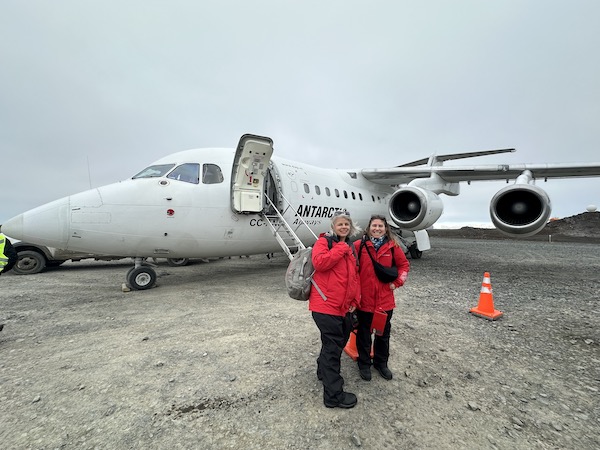
Fly-cruise: Overview
There are several operators that offer fly-cruise itineraries. These fly-cruises combine the convenience of air travel with the immersive experience of a sea voyage, allowing travelers to maximise their time exploring the Antarctic Peninsula.
Itineraries vary in length from 1 to 10 days depending on what you want. Most itineraries give you 4-5 days sailing around the Antarctic Peninsula and are often called ‘Express itineraries’. However, you could also do a day trip and spend a few hours exploring King George Island.
There is also the option to combine a flight one way with a return journey by ship or vice versa.
For more information please see these itineraries below.
Fly south - cruise north itinerary
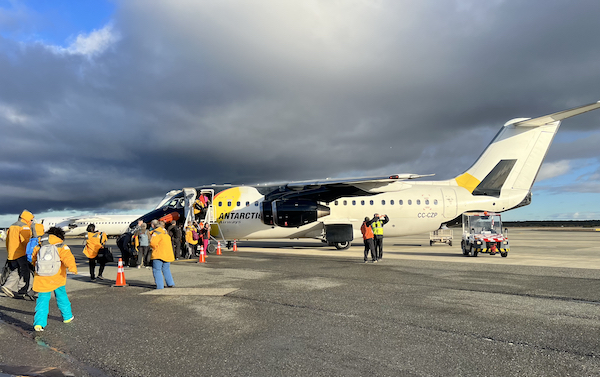
Reasons to do a fly-cruise Antarctica itinerary
Time Constraints
One of the primary reasons people choose a fly-cruise to Antarctica is to save time. Traditional cruises to Antarctica involve a long sea voyage from South America, typically from Ushuaia, Argentina, which includes crossing the Drake Passage.
This passage can take two days each way, adding up to four days spent at sea. For travelers with limited vacation time, a fly-cruise provides a more efficient alternative.
Avoiding the Drake Passage
The Drake Passage, the body of water between South America's Cape Horn and Antarctica's South Shetland Islands, is notorious for its rough seas.
The crossing is often turbulent, with waves that can reach up to 40 feet. For many travelers, the prospect of enduring seasicknessfor two days is a significant deterrent.
A fly-cruise eliminates this concern by bypassing the Drake Passage entirely, allowing passengers to enjoy a smoother, more comfortable journey to Antarctica.
Unique Aerial Perspective
Flying to Antarctica provides a unique and breathtaking aerial perspective of the continent. As the plane approaches King George Island, passengers are treated to stunning views of the Southern Ocean, icebergs, and the dramatic Antarctic landscape.
This bird's-eye view offers a different dimension to the Antarctic experience that is not available on a sea-only voyage.
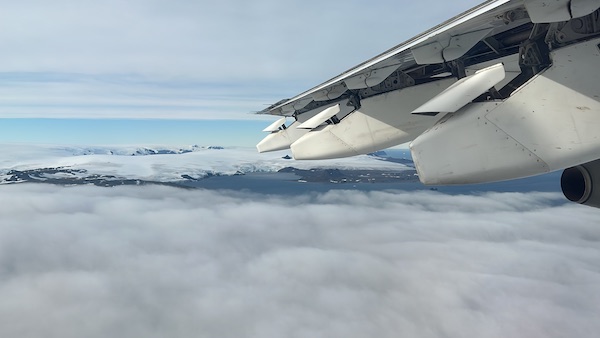
Cons of flying to Antarctica
Weather-Related Delays and Cancellations
Antarctica's weather is notoriously unpredictable, and this can significantly impact flight schedules. Severe weather conditions, such as high winds, heavy snowfall, and poor visibility, can lead to delays or cancellations of flights.
These disruptions can be frustrating for travelers, potentially leading to shortened itineraries or missed connections. Weather-related issues are particularly problematic because the infrastructure for aviation in Antarctica is limited. King George Island, where most fly-cruise flights land, has basic facilities that can be overwhelmed by sudden changes in weather conditions.
This unpredictability can result in extended wait times at departure points like Punta Arenas, where travelers may have to stay longer than planned.
Missing the Drake Passage Experience
While the Drake Passage is known for its rough seas, it is also considered a rite of passage for many Antarctic travelers.
Sailing this body of water can be seen as an integral part of the adventure, providing a sense of accomplishment and connection to the early explorers who braved the same journey.
The experience of crossing the Drake Passage allows travelers to feel the vastness and remoteness of the region, making their arrival in Antarctica even more rewarding.
By flying directly to Antarctica, travelers miss out on this historic and challenging part of the journey. For some, the Drake Passage is an essential aspect of the Antarctic experience, and bypassing it can feel like skipping a crucial chapter in the adventure.
Limited Scenic Experience
Flying to Antarctica offers breathtaking aerial views, but it limits the opportunity to experience the gradual transition from the open ocean to the icy wilderness.
On a traditional cruise, passengers can observe the changing seascape, spot marine wildlife such as whales and seabirds, and witness the first icebergs appearing on the horizon. This gradual approach builds anticipation and offers a more immersive experience.
In contrast, a fly-cruise quickly transitions travelers from one environment to another, potentially reducing the sense of journey and exploration that comes with a slower sea voyage.
Higher Costs
Fly-cruise options tend to be more expensive than traditional cruises. The logistics of operating flights to such a remote and inhospitable region, coupled with the limited number of available seats, can drive up costs significantly.
Travelers must be prepared to pay a premium for the convenience and time-saving benefits of flying to Antarctica.
Environmental Impact
Flying to Antarctica has a higher carbon footprint compared to traveling by ship. Although both modes of transportation have environmental impacts, aviation is generally more carbon-intensive.
This is a significant consideration for environmentally conscious travelers who are concerned about the ecological footprint of their journey.
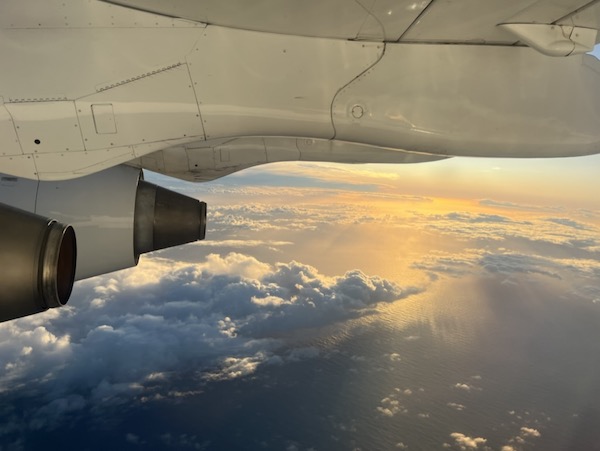
Conclusion
Choosing a fly-cruise to Antarctica offers numerous advantages that cater to modern travelers' needs and preferences. I have been to Antarctica 5 times now and I have flown once.
Whether it's saving time, avoiding the rough seas of the Drake Passage, maximizing time spent exploring the continent, enjoying greater itinerary flexibility, or simply making the journey more accessible, the fly-cruise option presents a compelling alternative to traditional sea voyages.
For many, it represents the perfect blend of convenience, comfort, and adventure, making the dream of visiting Antarctica a more attainable and enjoyable reality. For me personally, I prefer to sail to Antarctica to follow in the footsteps of the explorers of old. However, if I'm lacking in time, then flying is the perfect solution.


